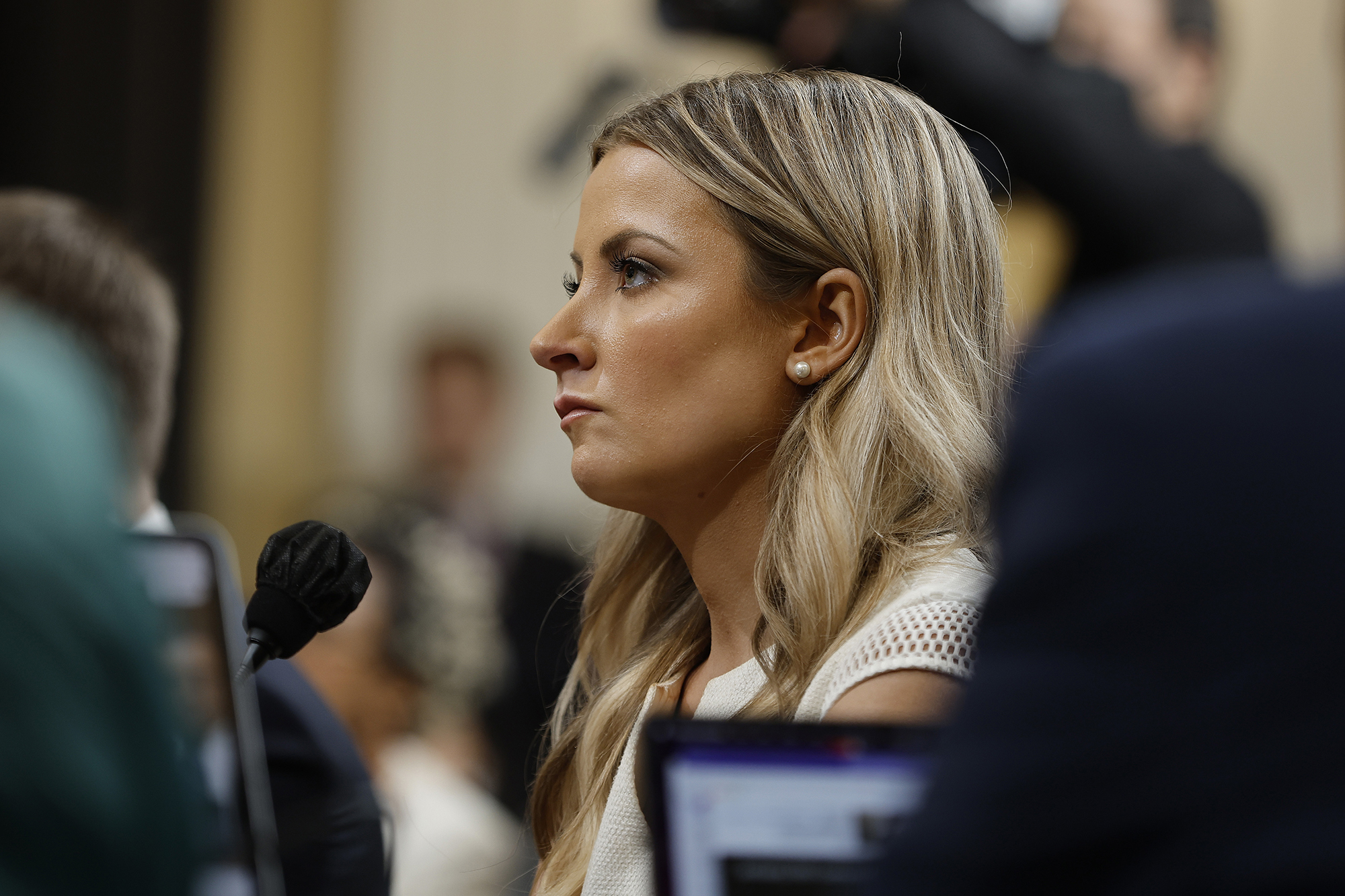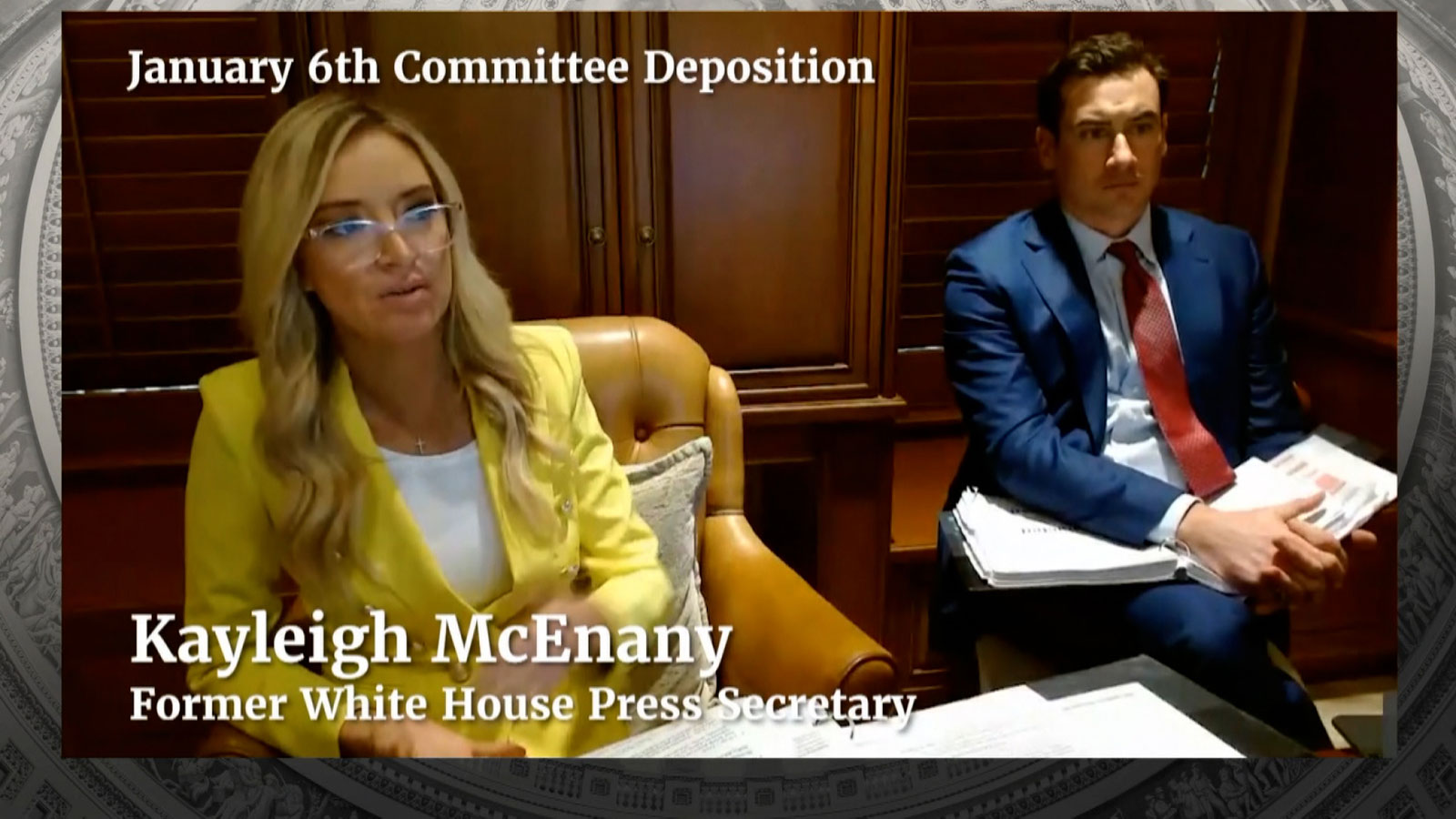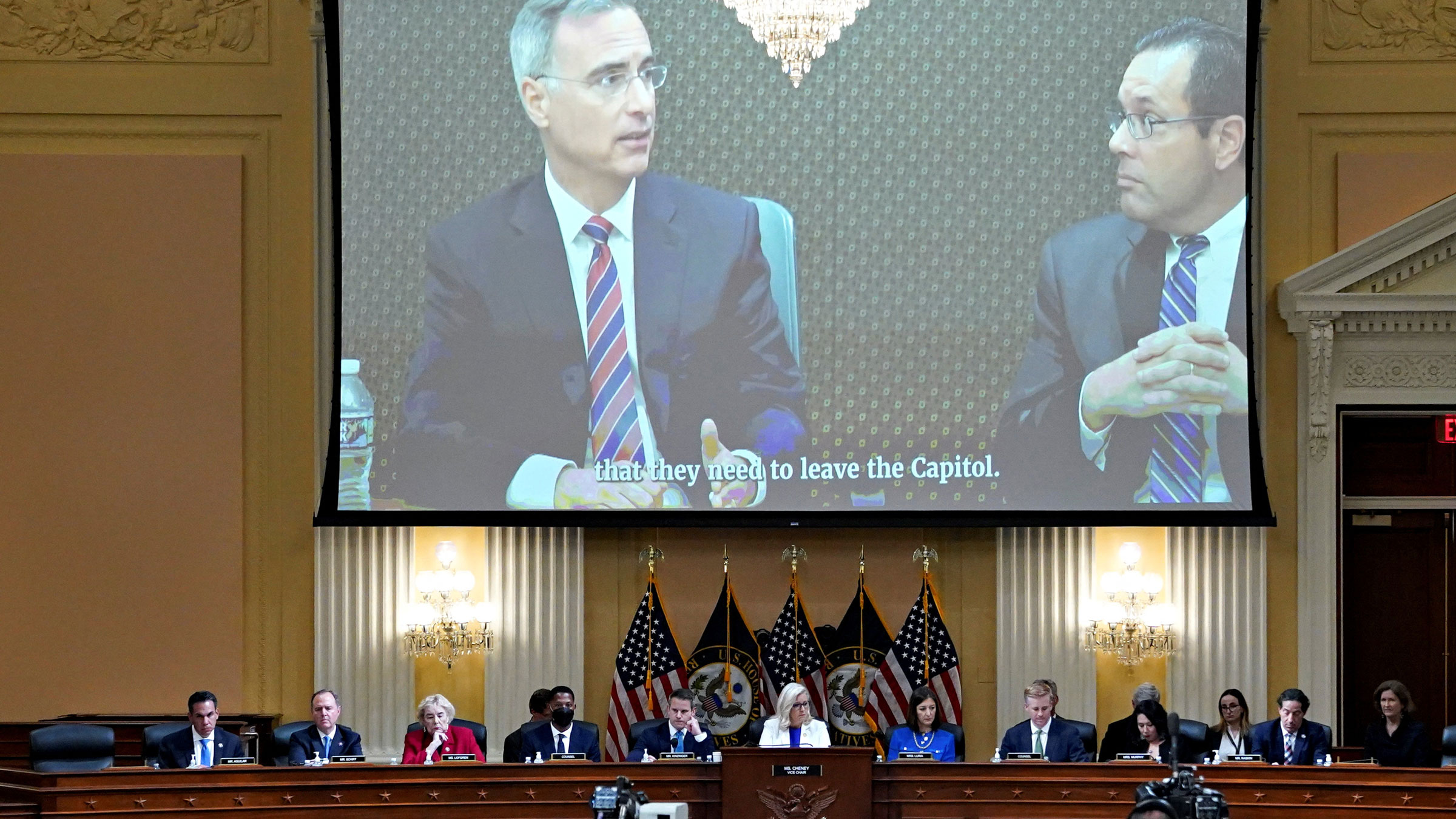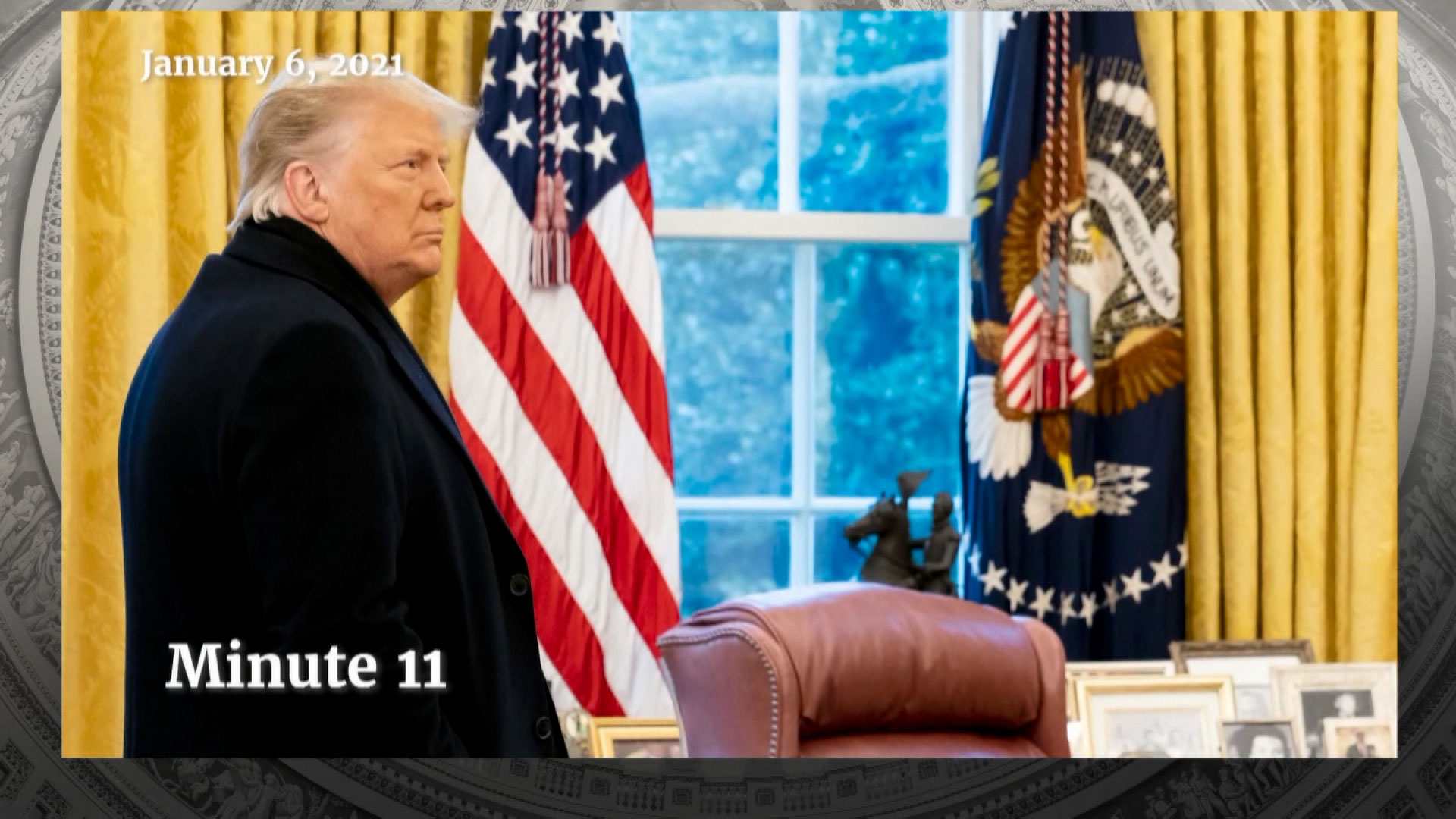
Matt Pottinger, former National Security adviser, said that former President Trump's tweet calling then-Vice President Mike Pence a "coward" essentially was "fuel being poured on the fire" the day of the insurrection.
"Shortly before I had gotten back to the White House, I had come from off site. I began to see, for the first time, those images on TV about the chaos that was unfolding at the Capitol. One of my aides handed me a sheet of paper that contained the tweet that you just read. And I read it and was quite disturbed by it," Pottinger said.
He continued, "I was disturbed and worried to see that the President was attacking Vice President Pence for doing his constitutional duty. So, the tweet looked to me like the opposite of what we really needed at that moment, which was a deescalation. And that's why I—I, it said earlier that it looked like fuel being poured on the fire."
Pottinger said that the tweet led to him resigning from his post that day, stating, "that was the moment that I decided that I was going to resign, that that would be my last day at the White House. I simply didn't want to be associated with the events that were unfolding on the Capitol."










